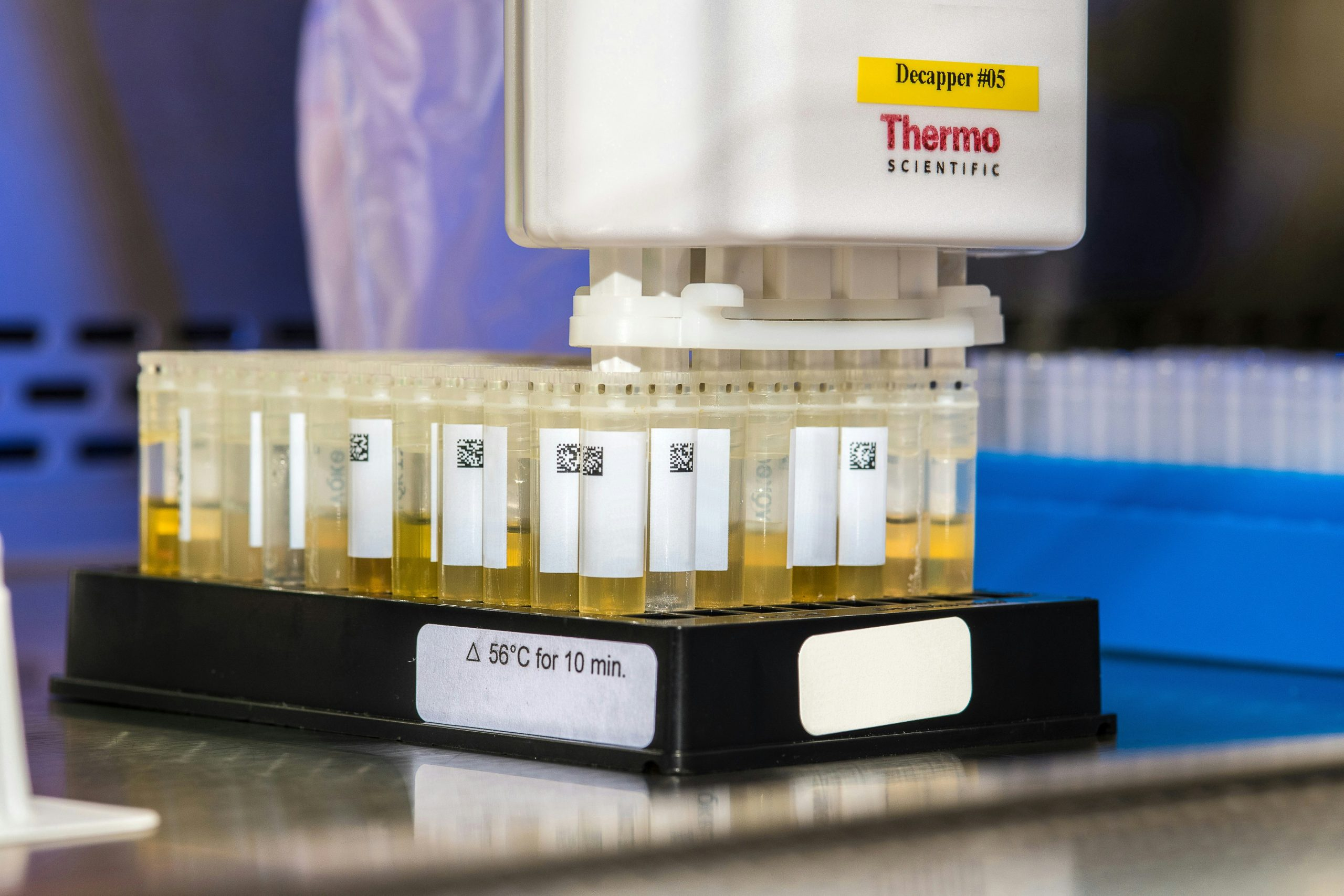Crash Test Ratings: What Do They Really Mean?
If you’ve ever been in the market for a new car, chances are you’ve come across the term “crash test ratings” at some point during your research. But what exactly do these ratings mean and how important are they when it comes to choosing the right vehicle? The truth is, crash test ratings can be a bit confusing and often overlooked by consumers. In this article, we’ll delve into the world of crash test ratings to help you understand what they really mean and why they should matter to you as a responsible car owner.
What are Crash Test Ratings?
Crash test ratings are essentially scores given to vehicles based on how well they perform in simulated crash tests conducted by the National Highway Traffic Safety Administration (NHTSA) and the Insurance Institute for Highway Safety (IIHS). These tests are designed to evaluate a vehicle’s safety features and structural integrity in various collision scenarios, including frontal, side, and rollover crashes.
NHTSA Crash Test Ratings
Frontal Crash Test
The NHTSA uses a 5-star rating system to rate a vehicle’s performance in frontal crashes. This test simulates a head-on collision between two vehicles of similar weight at 35 miles per hour. The ratings take into account the driver and passenger injury risk, as well as the vehicle’s structural integrity and safety features.
Side Crash Test
The NHTSA also conducts a side crash test in which a vehicle is struck on the driver’s side by a barrier moving at 38.5 miles per hour. This test evaluates the driver and passenger injury risk and also takes into account the vehicle’s structural performance.
Rollover Resistance Test
A vehicle’s rollover resistance is also rated by the NHTSA, based on its center of gravity and track width. The higher the rating, the less likely the vehicle is to roll over in the event of a crash. Vehicles with a lower center of gravity and wider track tend to have a higher rollover resistance rating.
IIHS Crash Test Ratings
Small Overlap Front Crash Test
The IIHS conducts a small overlap frontal crash test which simulates a collision where the front corner of a vehicle hits another vehicle or object. This test is designed to evaluate how well a vehicle’s safety features and structure protect the driver and passengers in such a scenario.
Side Crash Test
The IIHS also conducts a side crash test similar to the one done by the NHTSA. However, the IIHS uses a more demanding barrier that hits the vehicle at 31 miles per hour.
Rear Crash Test
The IIHS also rates a vehicle’s performance in a rear crash using a stationary barrier that hits the vehicle at 20 miles per hour. This test evaluates the risk of injuries to the driver and passengers, especially the whiplash protection.
What Do These Ratings Really Mean?
Now that you know how crash tests are conducted, you may be wondering what these ratings really mean for you as a car owner. The simple answer is safety. Crash test ratings tell you how well a vehicle will protect you and your loved ones in the event of a crash. A vehicle with a high rating means it’s more likely to reduce the risk of injuries and fatalities, while a lower rating could mean a less safe vehicle.
Another important factor to consider is a vehicle’s structural integrity. Crash tests also evaluate how well a vehicle’s structure holds up during a collision. A strong structure means a better chance of surviving a crash and a higher likelihood of being able to drive away from the accident.
So, Should You Always Choose a Vehicle with High Ratings?
While crash test ratings are certainly something to consider when looking for a vehicle, they shouldn’t be the only deciding factor. It’s important to remember that these tests are conducted in a controlled environment and may not fully reflect real-life crash scenarios. Moreover, different vehicles excel in different crash tests, so it’s important to look at the performance of a vehicle as a whole.
Additionally, it’s important to consider your own personal preferences and needs. A smaller vehicle may not have the highest crash test ratings, but it may be more economical and practical for your daily commute. It’s all about finding the right balance between safety, performance, and personal preference.
In Conclusion
In a world where car accidents continue to be a leading cause of deaths, it’s important to pay attention to crash test ratings when choosing a vehicle. They provide valuable insights into a vehicle’s safety features and structural integrity, but they should not be the only factor in your decision-making process. Do your research, take multiple factors into account, and choose a vehicle that best fits your needs and preferences while also keeping you and your loved ones safe on the road.











